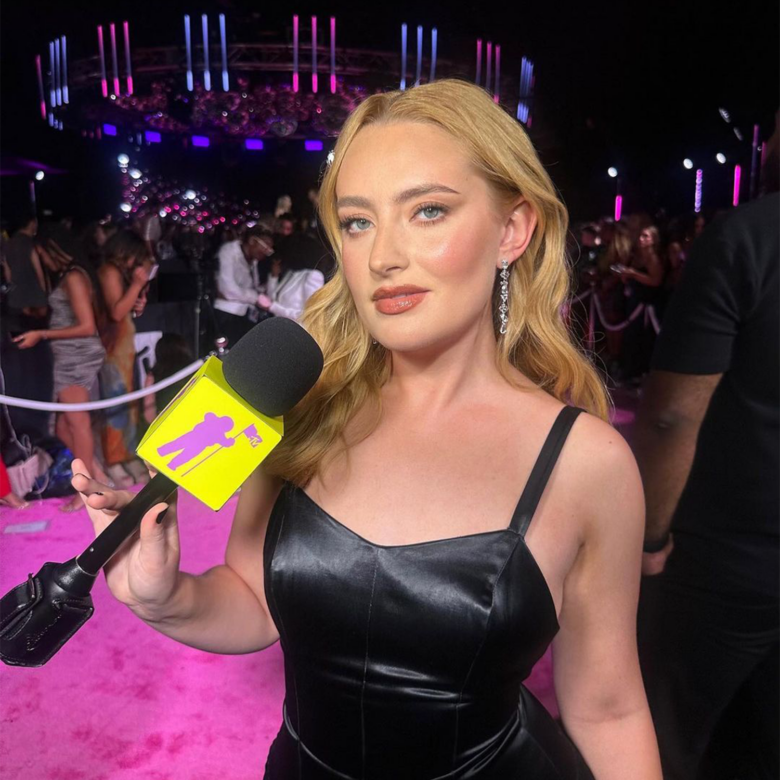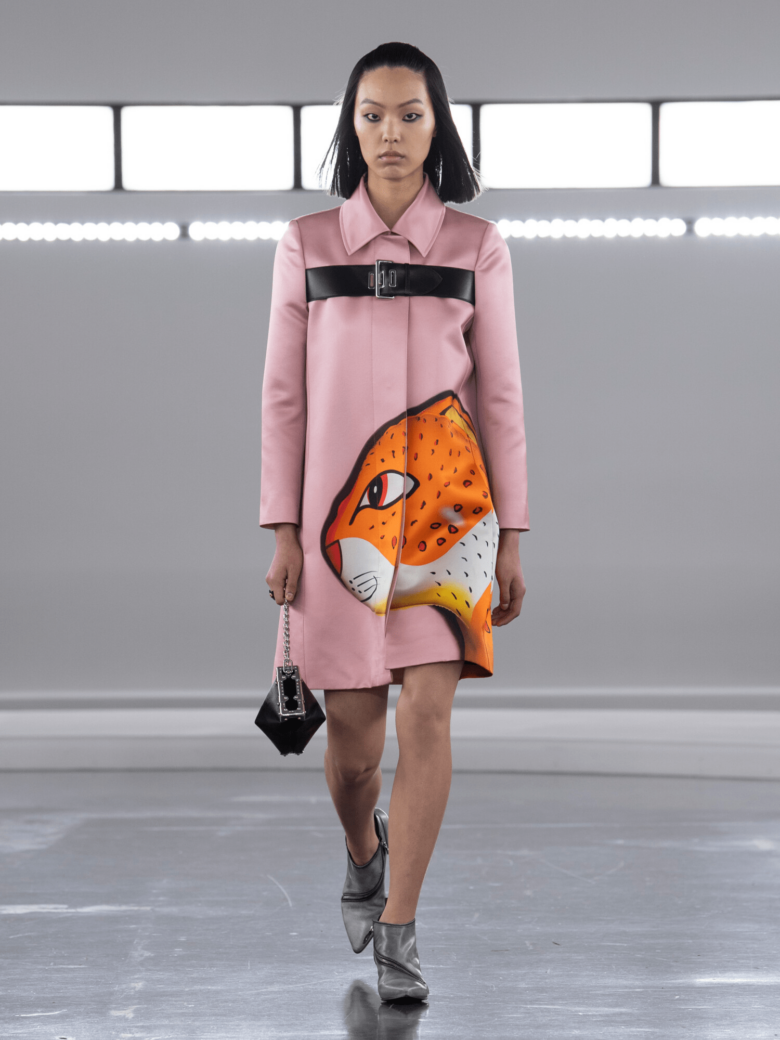Note to Self: Heather Glazzard’s intimate photography explores the diversity of queerness
Few terms typify the malleability of language quite as well as queer. Once a dehumanising slur aimed at LGBTQI+ individuals, today the word has been reclaimed and is more commonly used to describe people who don’t fit heteronormative moulds.
The fact that it already has such a powerful history is perhaps why it has become a popular means of referring to the groups represented by the letters LGBTQI+. But while it has become a catch-all term for the community at large, claiming a queer identity is a highly personal experience. This, at least, is the premise of Queer Letters, the ongoing photography project from Yorkshire-bred artist Heather Glazzard.
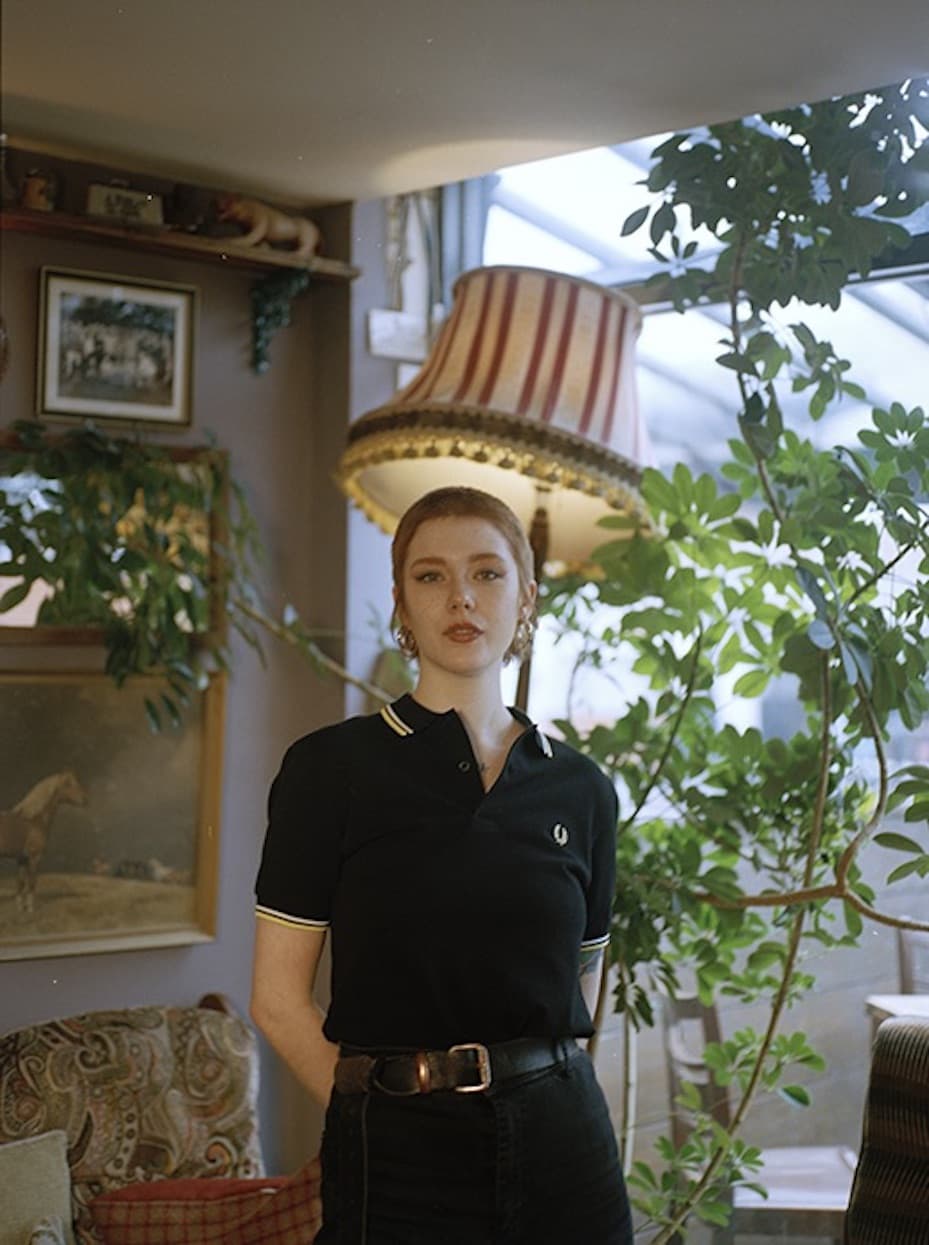
Previously on show at the Vogue Photo Festival in Milan and Liverpool’s Open Eye Gallery, the series comprises analogue portraits of members of the queer community – partially drawn from Heather’s network of acquaintances – alongside handwritten letters addressing their former selves or responding to questions such as: what does being queer mean to you? A casual glance at these portraits confirms that the power of queerness is in its intractability, its refusal to conform to any singular definition. “Each person is completely different from each other person that’s been photographed, so it shows the diversity in the queer community,” says Heather.
Ostensibly, Queer Letters fits into the ongoing conversation about queer representation that has picked up momentum in recent years. But as brands and mainstream entertainment co-opt queerness to attract socially conscious consumers, Heather is sceptical about the idea that more representation is indiscriminately positive. Rather, the photographer is conscious of the need to create depictions of their community that don’t compromise authenticity to remain palatable to mainstream audiences. Understandably, one of the aims of their work is to help LGBTQI+ people resist the pressure to conform to the new homonormativity of cisgenderism, respectability and upward mobility. “I think it’s important for queer nonconformity to be visible so that people can see it. Especially young people, so they see that they don’t have to conform to this idea of fitting in,” says Heather. “That’s one of the reasons why I started Queer Letters. I wanted to make sure that people knew they could be as different as they wanted and still be cool as fuck and look cool as fuck.”
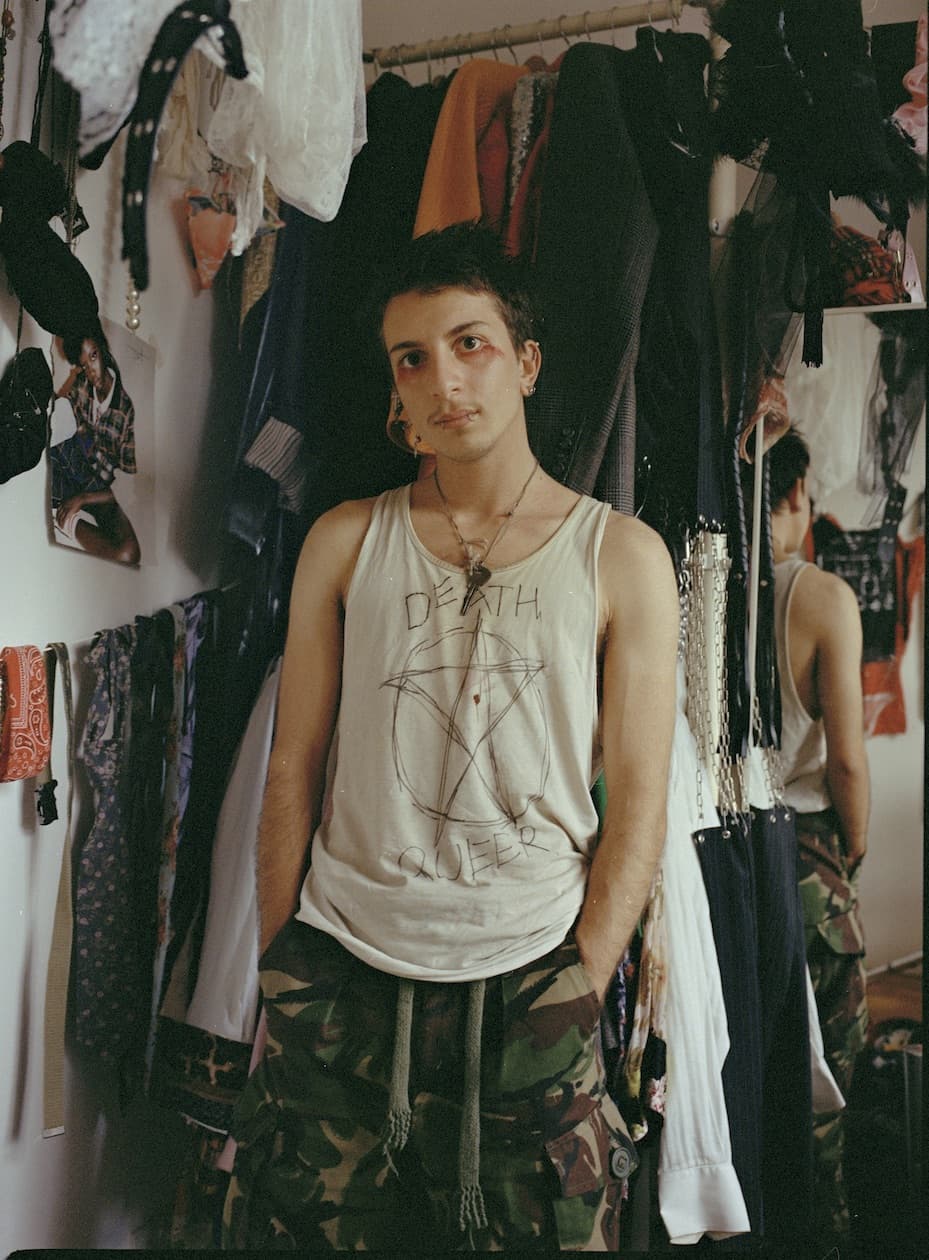
While the project spotlights a broad range of characters within the community, there remains a sense of mutual understanding between the artist and model. Lensed in natural light, each subject trusts the caress of the film camera to appreciate a beauty obscured by society’s secretive, but tightly held, queerphobia. This collaborative process seems to have grown naturally from Heather’s experience of queer circles and spaces. For them, queerness doesn’t boil down to any specific identity or orientation but rather to a spirit of kinship and camaraderie despite one another’s differences. “I think queerness is about acceptance and family,” Heather says. “I found loads of family within the queer community. You kind of just gel with each other because you get what this term queer means to each and every individual in the group.”
Heather says that while Queer Letters might help to encourage queer individuals to accept themselves, they ultimately want to use their work to advocate for a broader sense of solidarity between queer communities in the UK and elsewhere. “We should realise our privilege of living in the UK as well,” adds Heather. “As a community we should look and start helping outside of ourselves.”
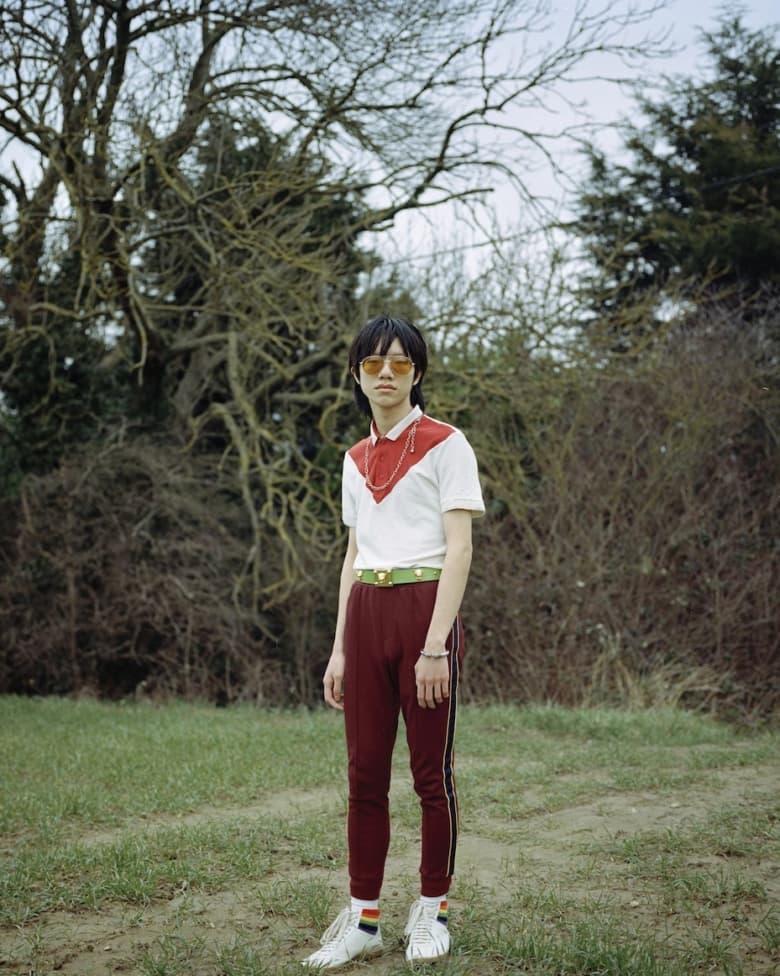
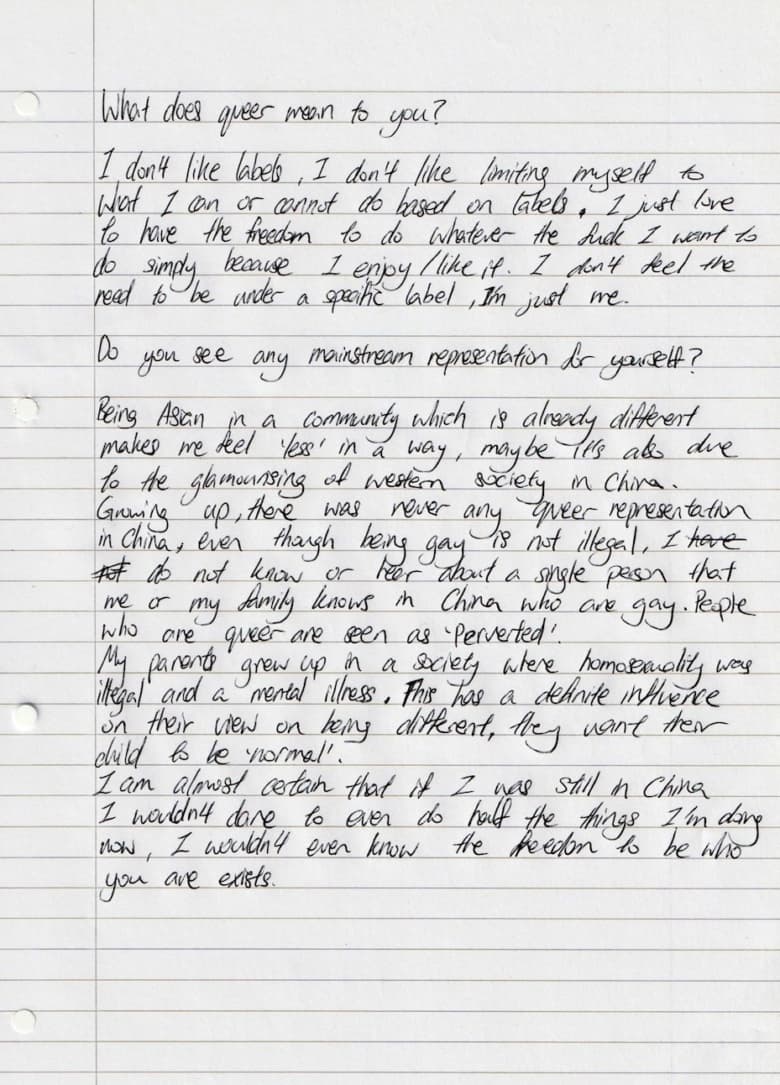
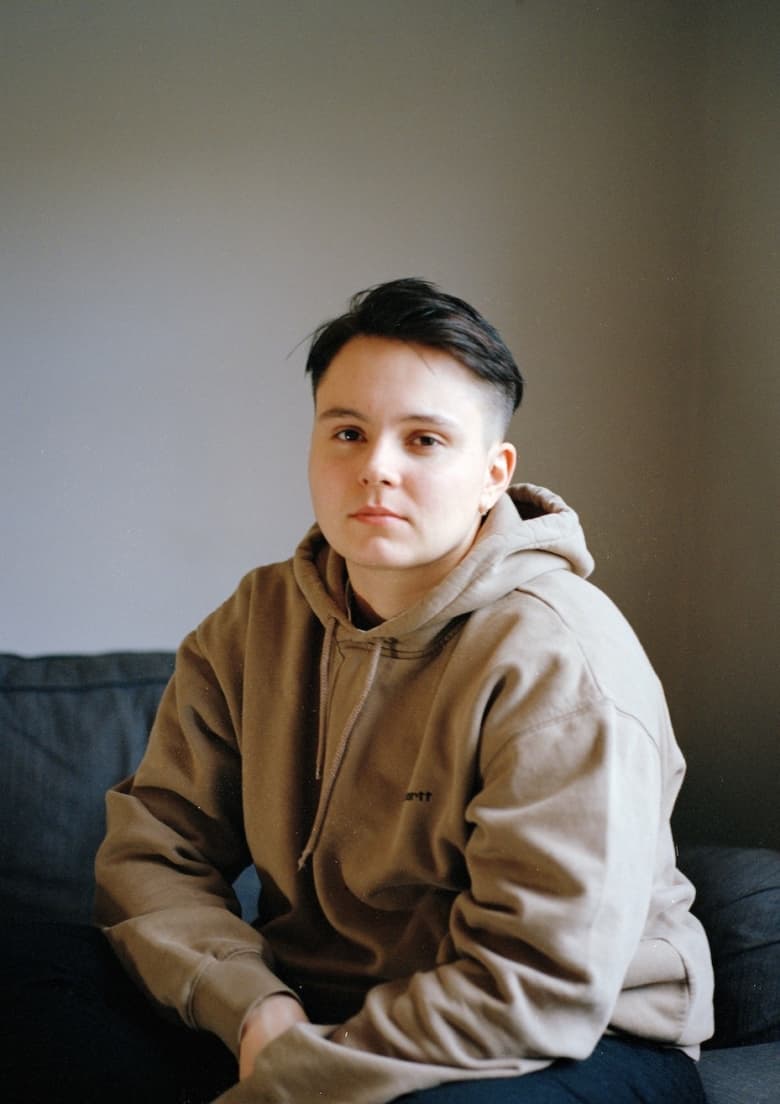
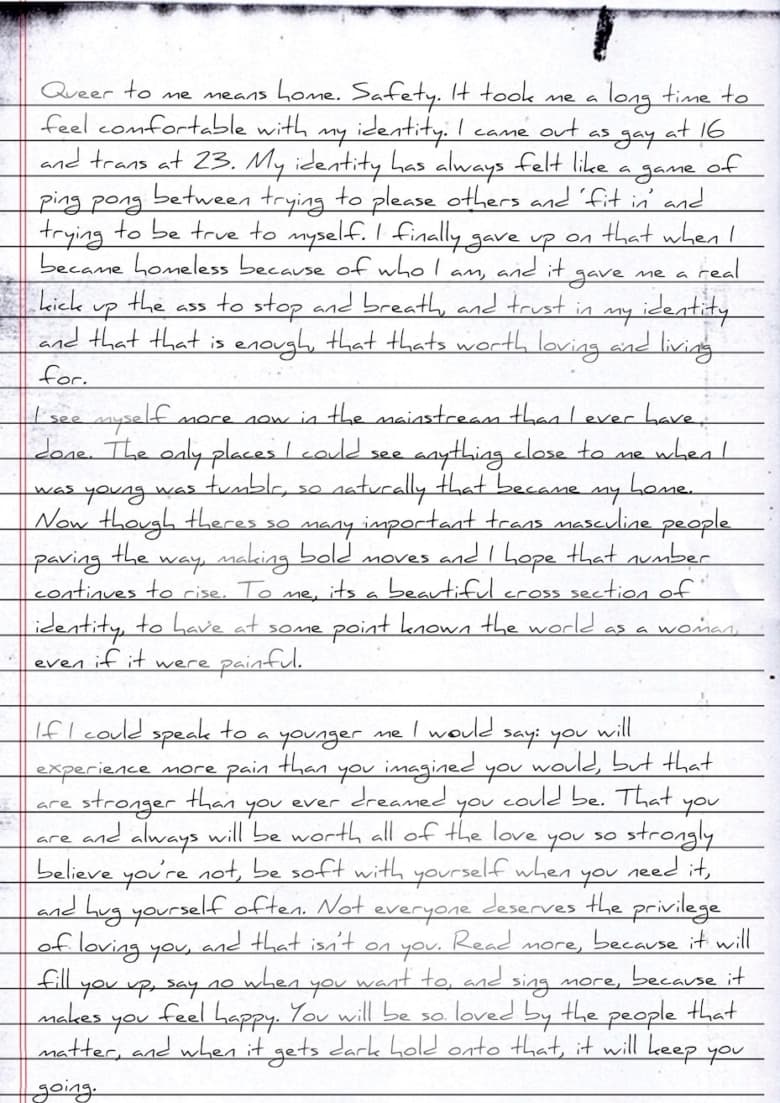
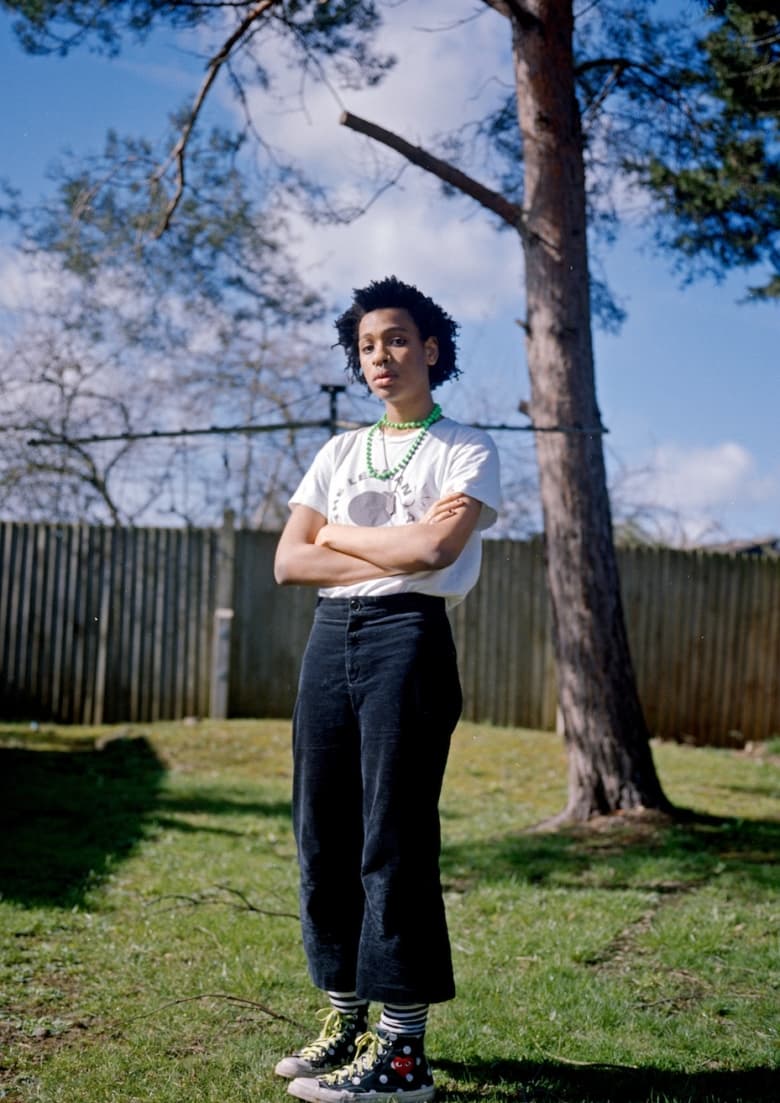
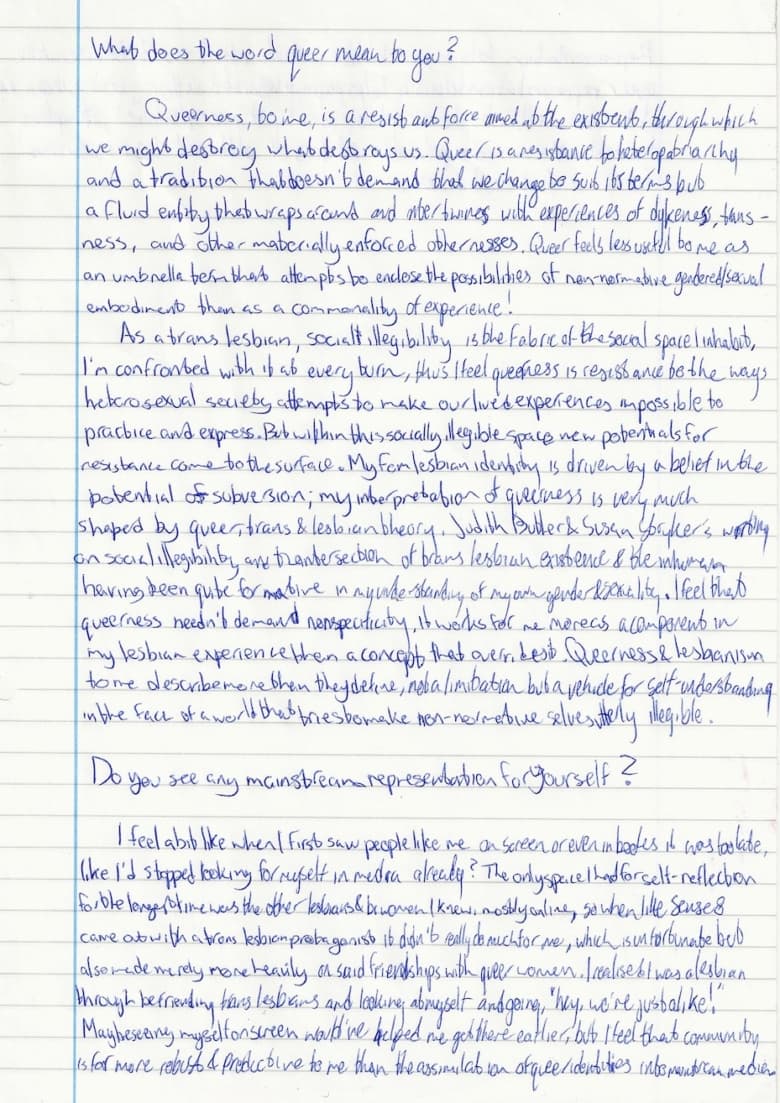
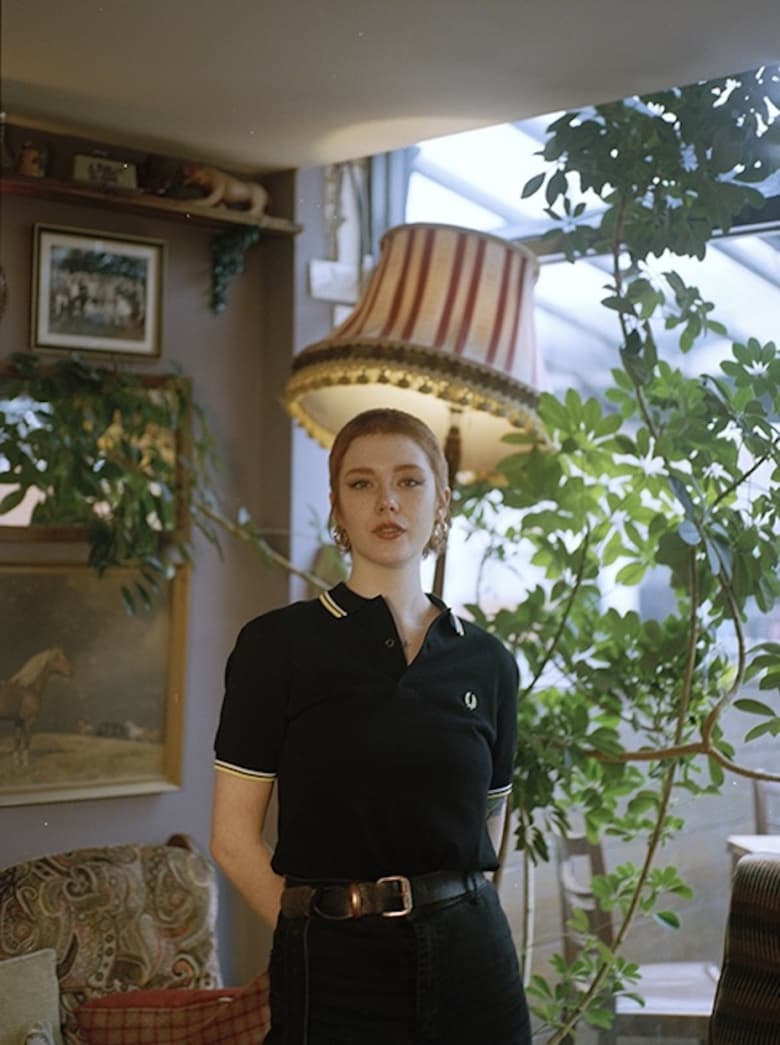
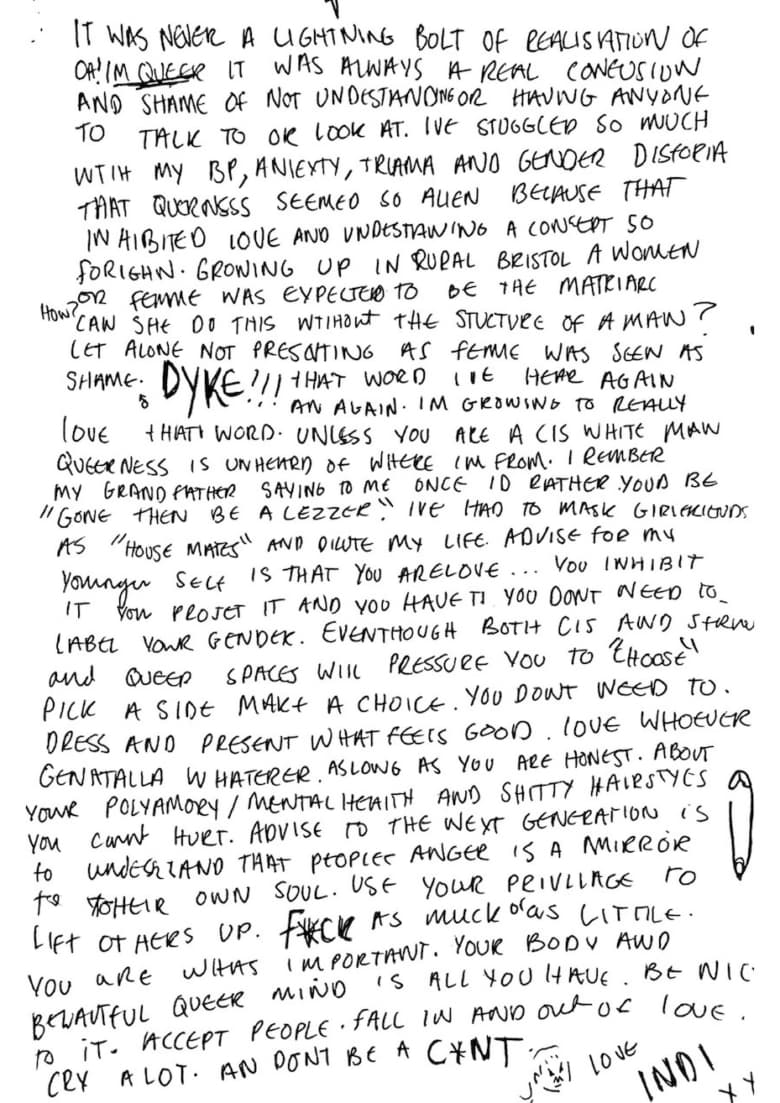
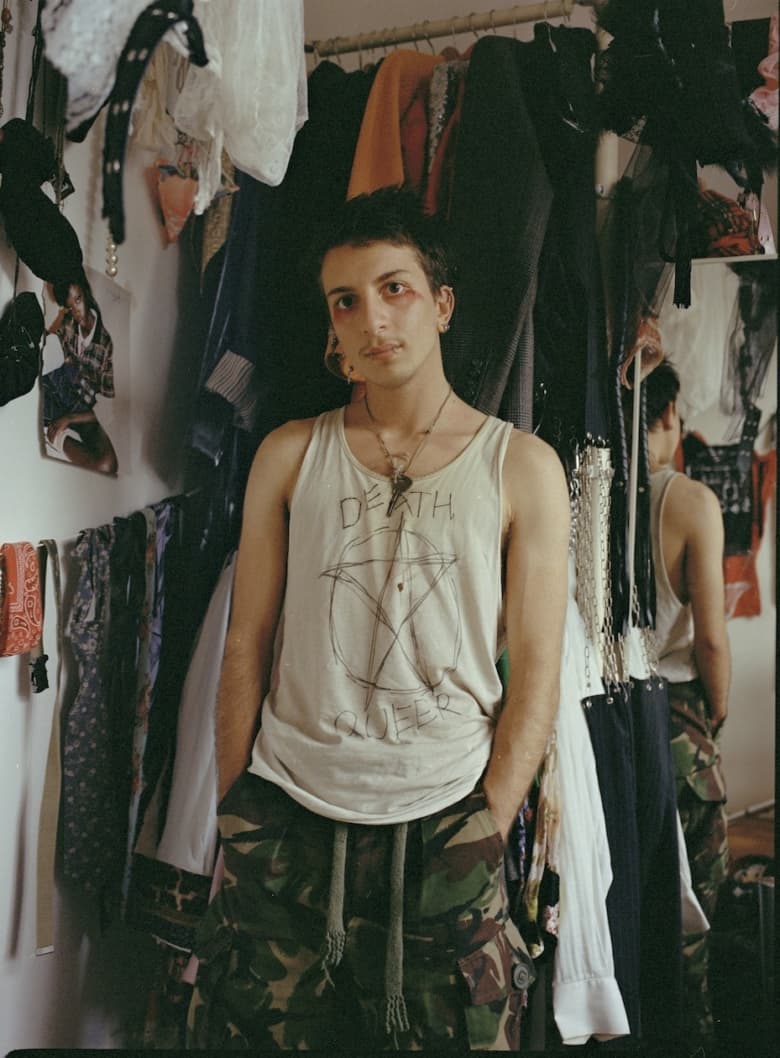
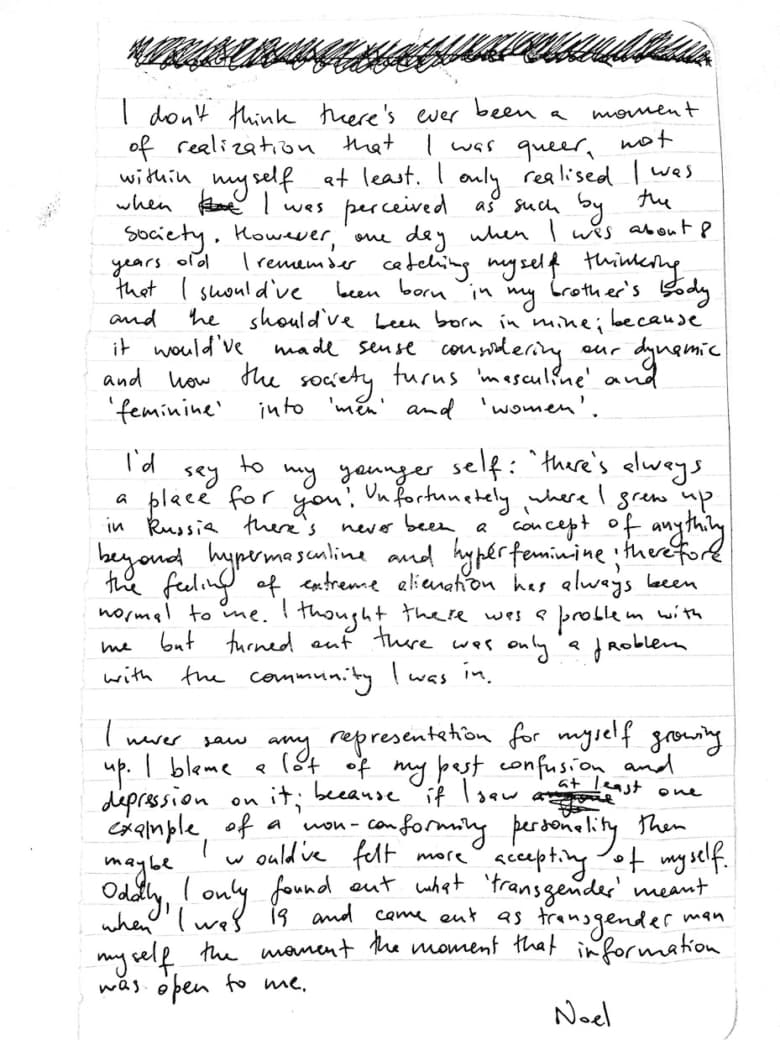
Taken from HUNGER’s Listen Up issue. Click here for further information or to purchase.
